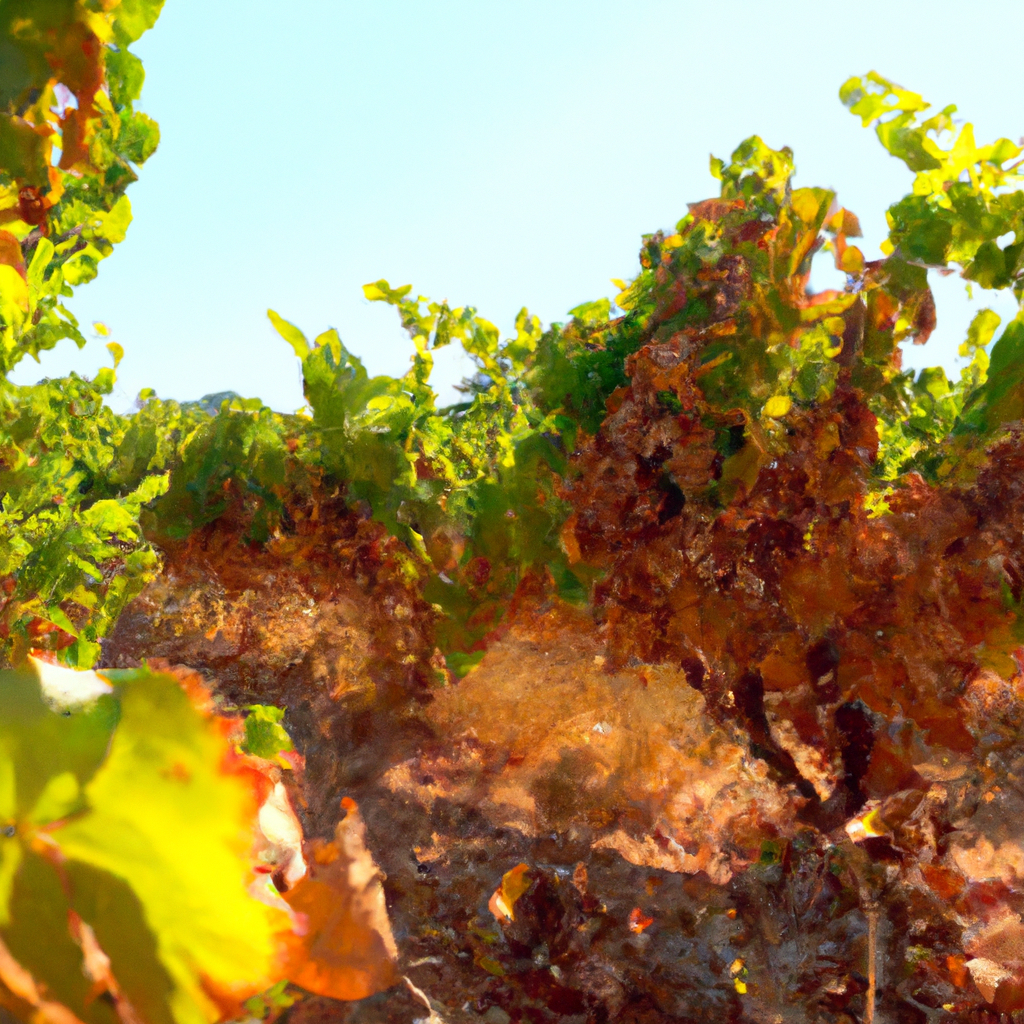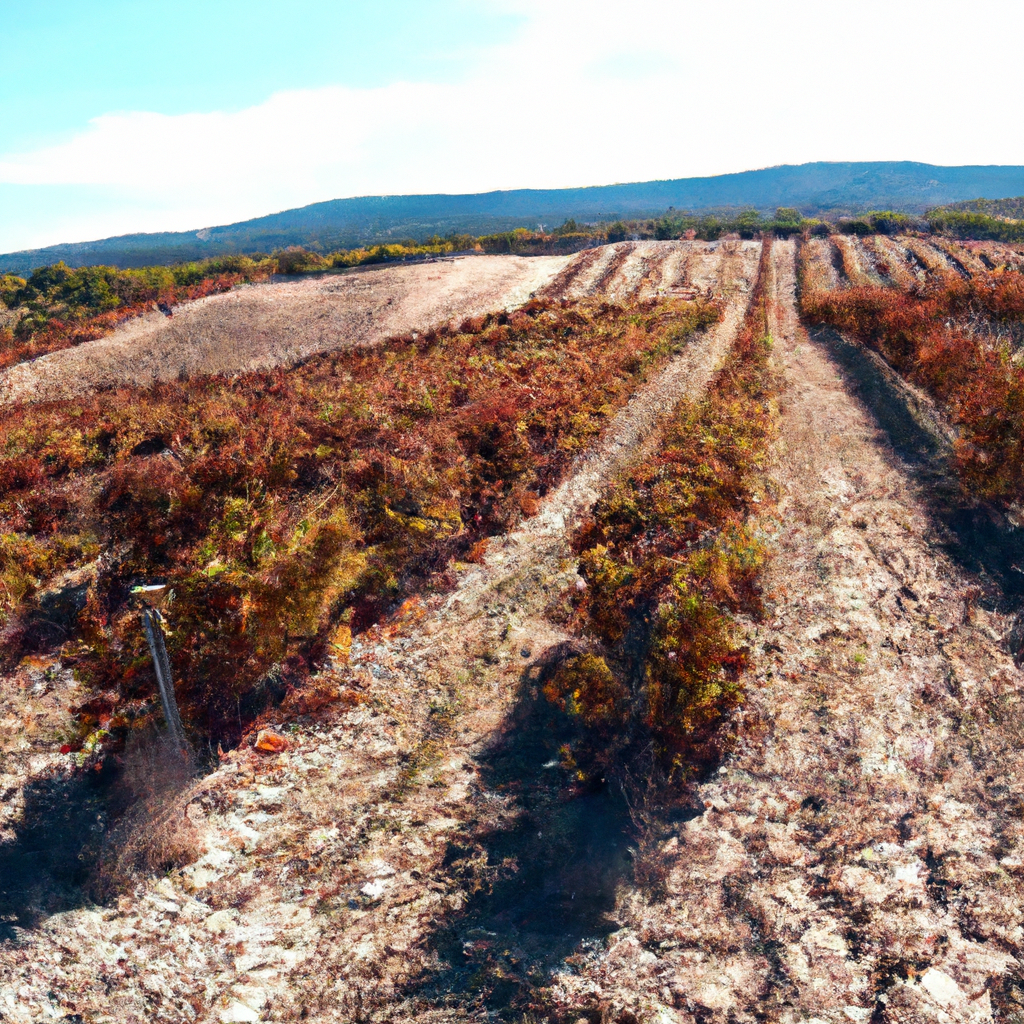
-
Article Summary
- Spanish Winemakers Adapt to Drought Conditions in the Face of Record-High New Year Temperatures
- Key Takeaways
- Introduction: A Toast to Resilience
- Climate Change: A Bitter Vintage
- Innovation: The New Wine Press
- Geographical Advantage: A Silver Lining
- FAQ Section
- How is climate change affecting Spanish wine production?
- What are Spanish winemakers doing to adapt to these conditions?
- Are all regions in Spain equally affected?
- How is the quality of Spanish wine being affected?
- What is the future of Spanish wine production?
- Conclusion: A Resilient Vintage
- Further Analysis
- Revisiting Key Takeaways
Spanish Winemakers Adapt to Drought Conditions in the Face of Record-High New Year Temperatures

[youtubomatic_search]
Key Takeaways
- Spanish winemakers are adapting to drought conditions and record-high temperatures.
- Climate change is impacting traditional wine production methods.
- Innovative techniques and strategies are being employed to combat these challenges.
- Some regions are faring better than others due to geographical advantages.
- Despite the challenges, Spanish wine quality remains high and continues to be globally competitive.
Introduction: A Toast to Resilience
As the world ushers in a new year, Spanish winemakers are facing an unprecedented challenge. Record-high temperatures and prolonged drought conditions are threatening the country’s renowned wine industry. However, these vintners are not raising the white flag just yet. Instead, they are adapting and innovating, ensuring that the quality of Spanish wine remains uncompromised.
Climate Change: A Bitter Vintage
Climate change is no longer a distant threat but a present reality for Spanish winemakers. According to a study by the University of Rovira i Virgili, the average temperature in Spain’s wine regions has increased by 1.3°C over the past century. This rise in temperature, coupled with decreasing rainfall, has led to severe drought conditions.
Innovation: The New Wine Press
Spanish winemakers are turning to innovative techniques to combat these challenges. Some are experimenting with drought-resistant grape varieties, while others are employing water-saving irrigation methods. For instance, Bodegas Torres, a leading Spanish winery, has invested in research to revive ancient grape varieties that are more resistant to heat and drought.
Geographical Advantage: A Silver Lining
Despite the challenges, some regions are faring better than others. Areas with higher altitudes, such as Ribera del Duero and Rioja, are less affected by the heat due to cooler temperatures and more rainfall. These regions continue to produce high-quality wines, demonstrating the resilience of the Spanish wine industry.
FAQ Section
How is climate change affecting Spanish wine production?
Climate change is leading to higher temperatures and less rainfall, resulting in drought conditions. This is affecting the growth of grapevines and the quality of the grapes.
What are Spanish winemakers doing to adapt to these conditions?
They are employing innovative techniques such as using drought-resistant grape varieties and water-saving irrigation methods. Some are also investing in research to find more sustainable ways of wine production.
Are all regions in Spain equally affected?
No, regions with higher altitudes like Ribera del Duero and Rioja are less affected due to cooler temperatures and more rainfall.
How is the quality of Spanish wine being affected?
Despite the challenges, the quality of Spanish wine remains high. Winemakers are adapting to ensure that the quality is not compromised.
What is the future of Spanish wine production?
The future is uncertain due to the unpredictable nature of climate change. However, with continued innovation and adaptation, the Spanish wine industry is poised to weather the storm.
Conclusion: A Resilient Vintage
The Spanish wine industry is facing unprecedented challenges due to climate change. However, through innovation and adaptation, Spanish winemakers are ensuring that the quality of their wines remains high. Despite the hurdles, the resilience of these vintners is a testament to their commitment to preserving the rich tradition of Spanish wine production.
[youtubomatic_search]
Further Analysis
As we move forward, it is clear that the Spanish wine industry will continue to face challenges. However, the resilience and innovation shown by these winemakers are promising signs. With continued research and adaptation, the Spanish wine industry is well-positioned to navigate these turbulent times. The future may be uncertain, but one thing is clear – the Spanish wine industry is not going down without a fight.
Revisiting Key Takeaways
- Spanish winemakers are adapting to climate change-induced challenges such as drought and record-high temperatures.
- They are employing innovative techniques and strategies to ensure the quality of their wines.
- Regions with geographical advantages, such as higher altitudes, are faring better.
- Despite the challenges, the quality of Spanish wine remains high and globally competitive.
- The resilience and innovation of Spanish winemakers are promising signs for the future of the industry.






